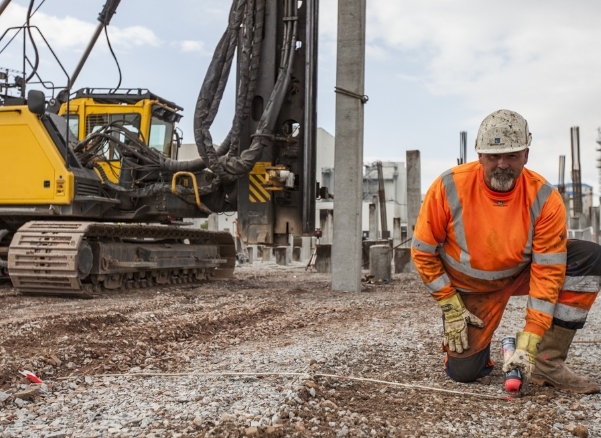All about Driven Timber Piles
Categories:
Company NewsWhen it come to load-bearing piles, concrete and steel are all viable options, but for this article, we’re focusing our attention on Driven Timber Piles! Thank you to PileBuck magazine for providing the content.
Timber Piles have been utilised around the world for thousands of years. For almost 6,000 years, tribes in Switzerland used natural logs as pilings to support their homes that were build on the region’s shoreline. Archeologists have also uncovered a similar use of timber piling for bridges spanning the Tiber River dating back to 620 B.C.
Timber piles are a unique product in that they are made from a natural material and are subject to variations in species, size, straightness, and strength. Often forests are managed specifically for use in manufacturing piles. These forests are maintained for 35+ years to create timber piles.
Sustainability is built in by growing more trees than are harvested, and the enhanced durability of preservative-treated timber pilings allows forests more time to produce mature trees.
Here are the top reasons to use timber pilings on your next project:
- Low cost, per tonne of capacity
- Dependable, renewable supply – available in a range of lengths and sizes
- Long history of successful application to low and medium unit loads
- Easily handled and driven with conventional equipment
- Tapered shape and full displacement characteristics advantageous for developing soil capacity in shorter lengths
- Strength in tension and bending applications
A main consideration is if timber piles are installed above the water table, they are vulnerable to fungal decay. Below the groundwater level, dissolved oxygen is lacking even though there is ample water. Hence, timber tends to last for a long time below groundwater level. Timber that is to be used above the water table can be protected from decay and insects by numerous forms of wood preservation using pressure treatment (alkaline copper quaternary (ACQ), chromated copper arsenate (CCA), creosote, etc.).
Installation Method:
The job of the pile is to distribute the weight of the structure evenly. They are placed into the ground using a pile driver rig. Holding the piles perfectly vertical, this machine hammers each structure into the ground and also acts as a crane.

The Latest. News, podcasts & projects






